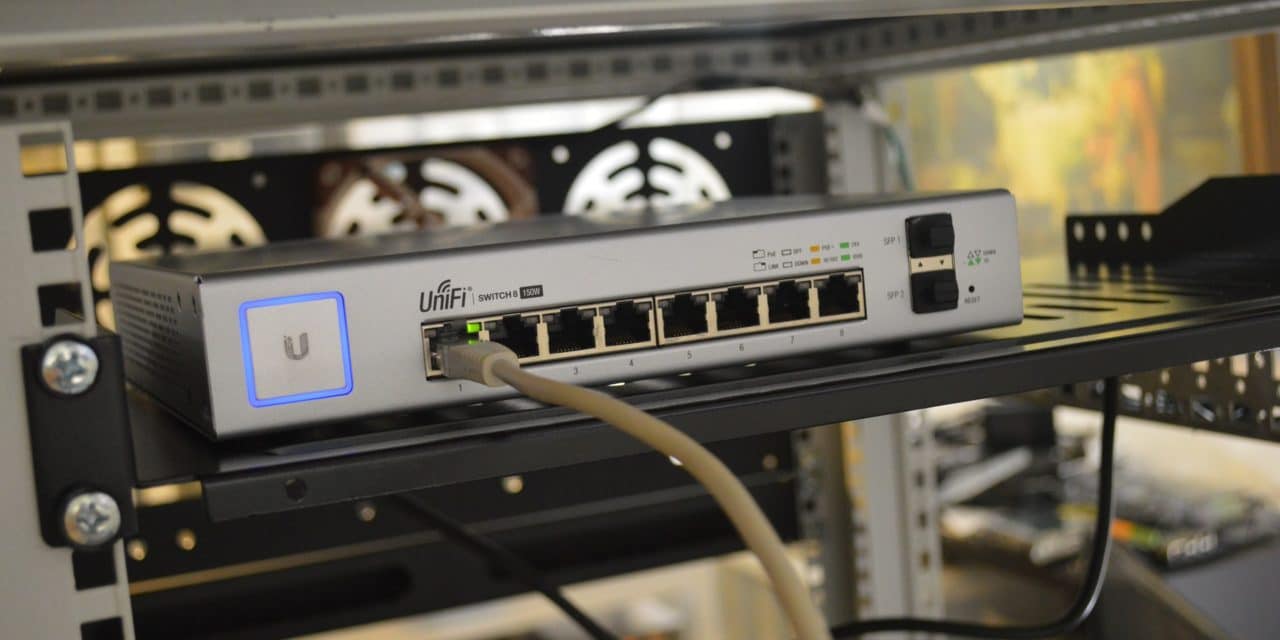[ad_1]
The RJ45 is one of the most commonly-used jacks in the world today. Look at your computer, your modem, or your router-all of those use RJ45 connectors. This is because the RJ45 has long been the standard connector for networking; so wherever there's internet access, there's an RJ45 jack. Of course for Wi-Fi, before the signal becomes wireless, it must pass through network cables and connectors.
The RJ45 is an 8P8C modular connector. 8P8C means 8 position, 8 contact (or conductor). Simply put, there are 8 pins in each RJ45 jack, and each is connected to a small wire. If you are familiar with network cables-flat or twisted pair-the insides of those are made up of 8 small color-coded wires. The network cable is also known as the Category 5 or Cat-5 cable.
The pinout position discussed in this article adheres to the standard used in all computer networking-the TIA/EIA-569-B. TIA is the Telecommunications Industry Association; it was once called the Electronics Industries Alliance, hence TIA/EIA.
Numbering the pins
To avoid confusion, each one will be numbered. Take a look at a male RJ45 connector (female is the one on laptops and network cards). Face the connector towards you, right side up. To make sure you have it right side up, the locking mechanism should be on top. While directly looking at the connector, count 1 to eight from left to right. Those are each pin's numerical name.
Now that we have named each pin, let's look at what each does and the wire (color) associated with it.
Pin 1
The first transmits data. It is also known as the positive transmit pin (there are two). It is connected to the white with orange stripe wire (majority white).
Pin 2
The second is a negative transmit pin. It is connected to the solid orange wire. The orange wire is also sometimes colored (majority) orange with a white stripe.
Pin 3
The third is the positive receive pin. It is connected to the majority white with green stripe wire.
Pin 4
Although not used, number 4 is still connected to the solid blue wire. The solid blue wire is sometimes majority blue with a white stripe.
Pin 5
Again, this pin is not used. It is connected to the majority white with blue stripe wire.
Pin 6
The sixth is the negative receive pin. It is connected to the majority green with white stripe wire, which sometimes is just solid green.
Pin 7
The second to the last is not used. It is connected to the majority white with brown stripe wire.
Pin 8
The last is also not used. It is connected to the majority brown with white stripe wire. Sometimes the wire is solid brown in color.
To sum up, only 4 of the 8 pins are used. Pins 1 and 2 are transmit pins, and pins 3 and 6 are receive pins. Pins 4, 5, 7, and 8 are connected but not used.
[ad_2]
Source by Valentino Schumacher

